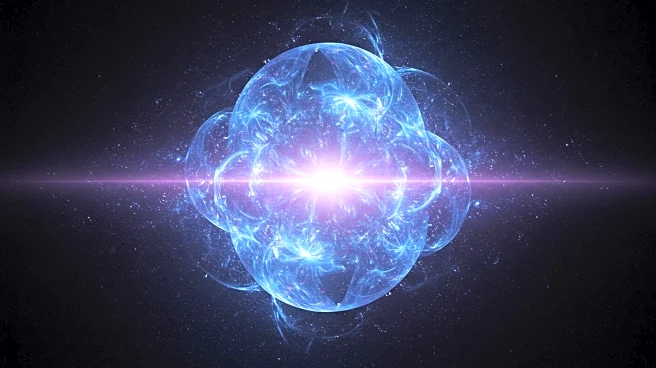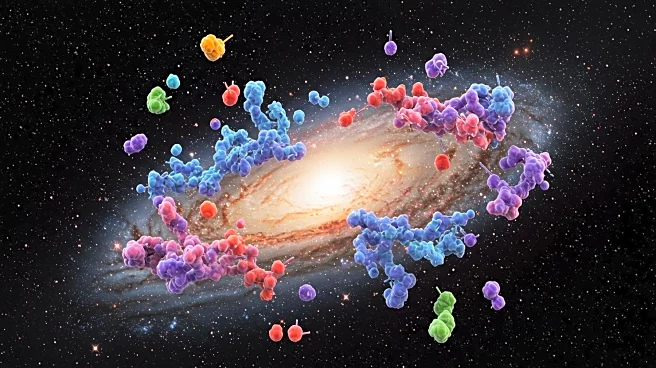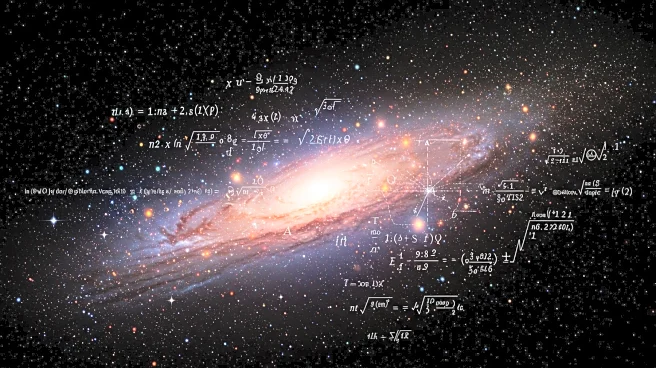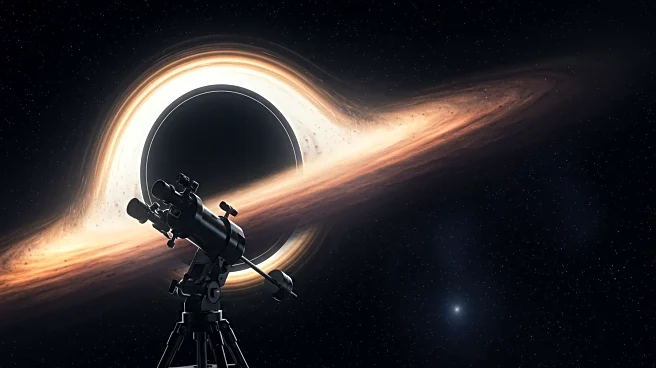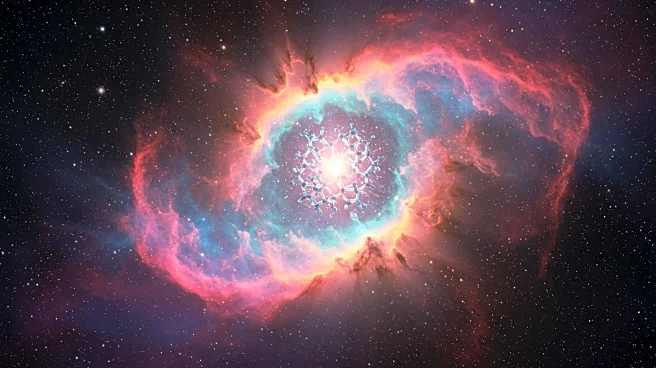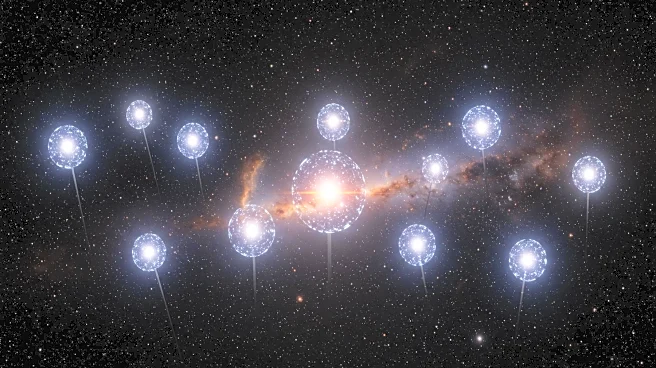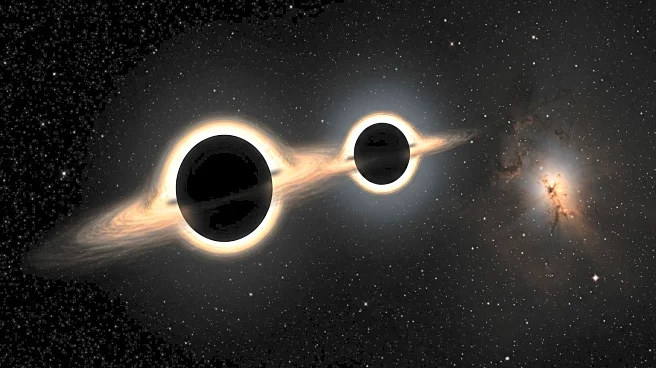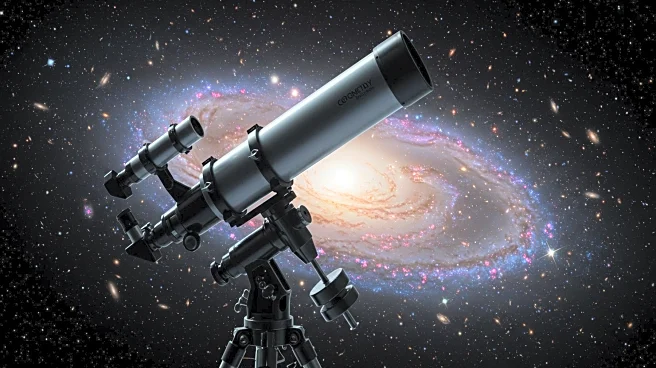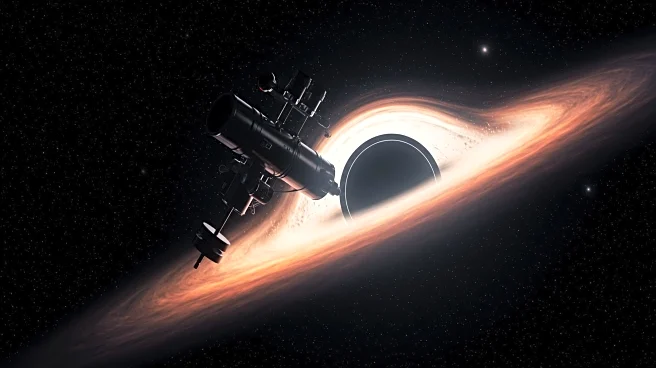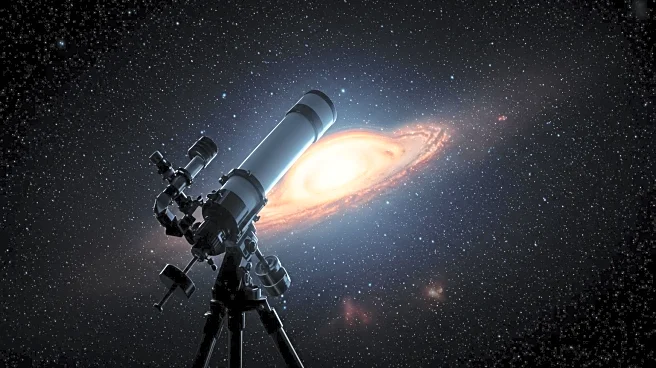What's Happening?
A new paper by cosmologist Eugene Lim and astrophysicists Katy Clough and Josu Aurrekoetxea proposes using complex computer simulations to numerically solve Einstein's equations for gravity in extreme situations. This approach, known as numerical relativity, could help answer some of the universe's biggest questions, including what happened before the Big Bang, whether we live in a multiverse, and if our universe has cycled through a series of bangs and crunches. Numerical relativity was first suggested in the 1960s and 1970s to study gravitational waves emitted by colliding black holes. The method requires sophisticated computer code and numerical approximations, as it is impossible to solve Einstein's equations with paper and pen alone.
Why It's Important?
Numerical relativity could revolutionize cosmology by allowing researchers to explore regions of the universe where traditional methods fail. This approach could help solve longstanding puzzles such as cosmic inflation, a period of rapid expansion in the early universe. By testing predictions from fundamental theories like string theory, numerical relativity could provide insights into the universe's formation and evolution. The method also offers exciting prospects for studying cosmic strings and potential collisions with neighboring universes, which could help verify the multiverse theory.
What's Next?
As supercomputers improve, numerical relativity simulations will become more complex, potentially leading to significant advancements in our understanding of the universe. The team's new paper aims to develop overlap between cosmology and numerical relativity, encouraging researchers to use these techniques to explore cosmological problems. This collaboration could lead to breakthroughs in solving questions that have remained elusive using traditional methods.
Beyond the Headlines
Numerical relativity allows researchers to explore radically different starting conditions for the universe, challenging assumptions about its isotropy and homogeneity. This approach could reveal whether the cosmos is cyclic, experiencing repeated rebirths, big bangs, and big crunches. The method's complexity requires supercomputers, but as technology advances, it holds the potential to unlock new cosmic mysteries.
